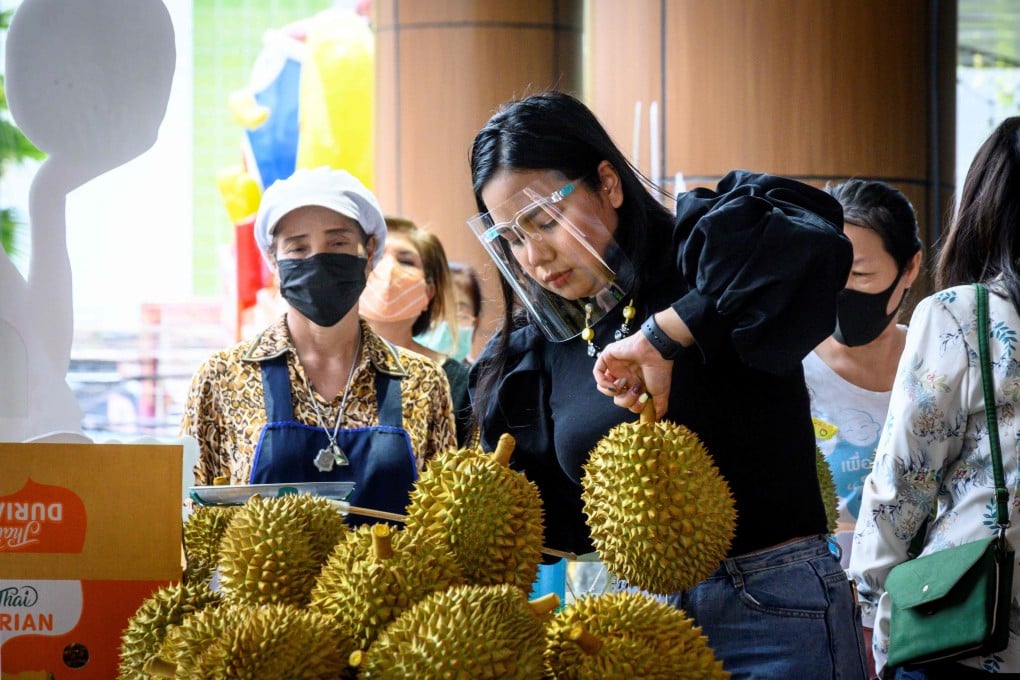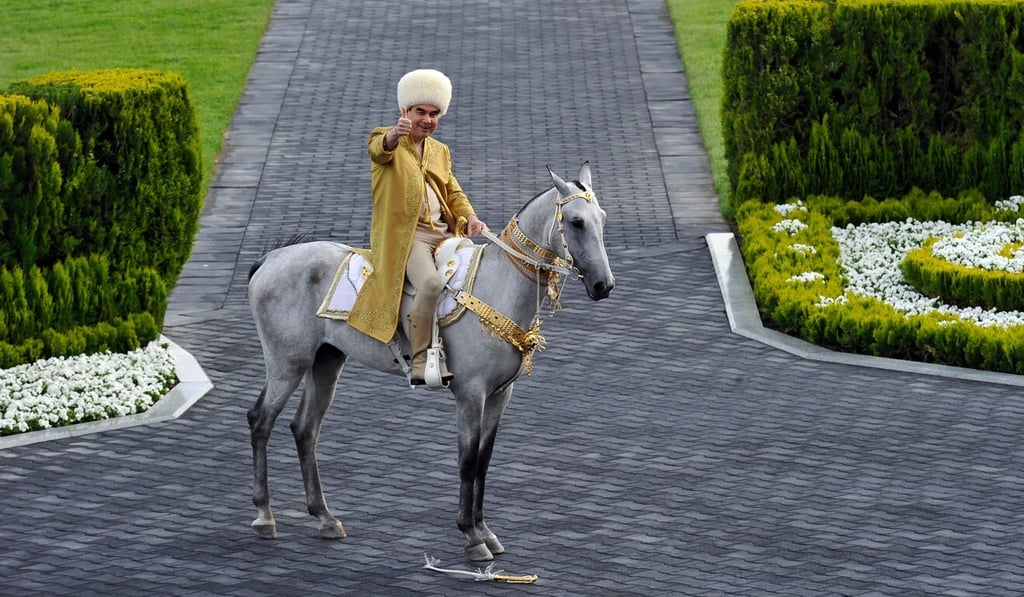Advertisement
The View | How the coronavirus pandemic will push developing countries to delink their economies from China
- Many developing countries have adopted an export-oriented economic model that hinges on demand from China
- As China’s imports from these countries decline due to Covid-19, they may shift away from export reliance and from the influence of the Communist Party
Reading Time:4 minutes
Why you can trust SCMP

For nearly 60 years, export-led development strategies have propelled economic growth throughout the Asia-Pacific. The famous “four tigers” – South Korea, Hong Kong, Taiwan and Singapore – rapidly sped up industrialisation by exporting goods in which they had a comparative advantage, moving quickly up the economic development ladder. Vietnam, Malaysia, Indonesia and others later did the same.
In theory, export-led growth works like this: a country’s economy becomes more efficient by shifting the manufacture of goods to sectors in which it has a comparative advantage; trade liberalisation opens the economy to foreign direct investment and technology transfer; and the expansion of exports – produced mainly by low-income workers – creates job opportunities for unskilled people who comprise a substantial segment of developing countries’ workforces.
In reality, though, export-led development has had mixed success, with Latin America and Africa’s experiments falling short of expectations. And yet, many developing countries – including Turkmenistan, Republic of Congo, Angola, Thailand, Iran, and the Democratic Republic of Congo – and Hong Kong, a special administrative region of China, continue to rely heavily on export-led development, specifically exporting to mainland China, whose own economy remains export-focused.
Advertisement
Now, however, with the coronavirus crisis throwing the global economy into disarray, leaving China unable to purchase as much of the developing world’s goods, these exporting countries are left to fend for themselves. China’s inability to support its developing world partners may prompt them to shift away from export reliance and towards more resilient structures altogether – at the least, away from reliance on the Chinese Communist Party.

Advertisement
This is not the first time an economic crisis has wrought havoc on exporting economies. The 1997-98 catastrophe tamed Asia’s tigers, weakening their currencies and making their goods even cheaper. The 2008 financial crash and accompanying recession created an overarching condition of global demand shortage that devastated economies like China’s, whose export sector declined steeply after experiencing a boom.
Advertisement
Select Voice
Choose your listening speed
Get through articles 2x faster
1.25x
250 WPM
Slow
Average
Fast
1.25x
